EDEXCEL History: Weimar and Nazi Germany
1/121
Earn XP
Name | Mastery | Learn | Test | Matching | Spaced |
|---|
No study sessions yet.
122 Terms
When was the Armistice signed?
11th November 1918
When did Kaiser Wilhelm abdicate?
9th November 1918
What problems did Germany face after WW1? (3pts)
-Poverty
-Leader-less
-Loss of land and Empire
Who signed the Treaty of Versailles?
Germany and the Allied Powers
Who signed the treat of Versailles for Germany?
Friedrich Ebert
When was the Weimar Republic established?
1919
When was the Treaty of Versailles signed?
28th June 1919
When was the Munich Putsch?
8th November 1923
What was the Munich Putsch? (2pts)
-Hitler and 600 SA burst into a speech by Von Kahr
-They forced him to support them.
When was hyperinflation in Germany?
1923
When was the Wall Street Crash?
29th October 1929
When did Hitler join the Nazi party?
September 1919
Why was there economic instability in Germany in 1918? (2pts)
-Weimar couldn't pay reparations
-More money printed which resulted in hyperinflation in 1923
Who were the SA?
Storm troopers, paramilitary
What was the Twenty-Five point program?
Promoted German superiority and anti-Semitism
When was the Twenty-Five Point program introduced?
1920
What were some of the policies of the Twenty-Five point program? (4pts)
-It raised pensions
-It improved health-care
-It improved education
-Rejects the Treaty of Versailles
When were the SA introduced?
1921
What was the official name of the Nazi party?
National Socialist German Workers Party
What was the 'stab in the back' theory or Dolshstoss?
The belief that the German government had betrayed its own people by signing the armistice
What does LAMB stand for?
Land- Germany had lost a lot of industry and land
Army- Had no way to defend itself (shown by the French occupation)
Money- Now really poor and really poor living conditions
Blame- It wasn't the peoples fault they lost the war
What is a Putsch?
a violent attempt to overthrow a government
What was the Ruhr?
A rich industrial area in Germany
What is reparations?
payment for war damage, or damage caused by imprisonment
What were some benefits of the Weimar republic? (2pts)
-Freedom of speech and equality
-Allowed a much lower voting age of 20
When was a new president elected?
Every 7 years
Who was Von Kahr?
He was the man in the Munich beer hall who was forced to support the Nazis
What was Article 48?
Allowed the president to make a law without going through the Reichstag
What is the Reichstag?
The German Parliament
What was the Spartacist revolution? (4pts)
-It was a left wing revolt
-There was no public support
-It was poorly organised and sporadic
-They achieved little for what they lost they never recovered
Who led the Spartacists?
Rosa Luxemburg and Karl Liebknecht
When was the Spartacist Revolt?
January 1919
What was the Kapp Putsch? (6pts)
-It was a right-wing revolt
-The army did not stop it
-It was well organised
-Would have been successful if the people backed them
-The Weimar republic tried to crack down on them but they rebelled
-The Weimar Republic Barely survived due to help from their Allies
Who led the Kapp Putsch?
Dr Wolfgang Kapp
When was the Kapp Putsch?
March 1920
Who made up the Freidkorps?
It was made up of ex soldiers who were unemployed after the war
What did the Spartacist revolt and Kapp Putsch show?
How weak the Weimar Republic was
Why did the French invade the Ruhr?
- Germany found the reparations hard to pay
- France was determined to make Germany pay
- The French and Belgian troops marched into the Ruhr (richest industrial area of Germany)
- They took over factories and coal mines (permitted by the Treaty of Versailles)
When did France invade the Ruhr?
January 1923
What were the consequences of the French invasion of the Ruhr? (5pts)
- They took over factories and coal mines (permitted by the Treaty of Versailles)
- The German public were furious
- The Weimar government could do little to stop it
-The idea of being "stabbed in the back" returned
-The Weimar government seemed weak
What was hyperinflation in Germany? (2pts)
-The German government printed more money
-There was lots of this money, but it had very little value, resulting in hyperinflation
Who was Stresemann? (2pts)
-He became German Chancellor and Foreign Minister in August 1923,
-He remained Chancellor only for a few months, but was Foreign Minister until his death in 1929.
What did Stresemann do? (5pts)
-He negotiated the Locarno Pact
-He signed Germany up for the League of Nations
-He agreed to the Dawes and Young plan
-He scrapped the old money and replaced it with the Retenmark
-Began repaying reparations
What was the Locarno Pact?
Germany, France and Belgium agreed to respect each others territory. Britain would defend any nation that was invaded.
What was the Dawes Plan?
A new system of war reparations for Germany, intended to ease the financial strain
What was the Young Plan? (2pts)
- Extended period of reparation payments to 1988 to be more manageable
- Reduce reparations total to £1850, quarter of amount agreed in 1921
What were the issues with the Dawes and Young plan?
It left Germany "Dancing on a volcano" due to the dependency on American funds
What was the Kellogg-Briand Pact?
An agreement between nations not to use war to settle their differences
When was the Kellogg-Briand Pact?
August 1928
Reasons for the Munich Putsch (5pts)
-By 1923, Nazis had 55,000 - stronger than ever before
-Weimar Republic in crisis - about to collapse
-Hitler thought he would be helped by Kahr and Lossow as they were nationalist politicians
-Hitler had huge army of SA
-Hitler hoped to copy Mussolini - Italian fascist leader - marched on Rome
Consequences of the Munich Putsch
-Hitler used his trial to publicize his views after being talked out of committing suicide.
-He was sentenced to 5 years in Landsberg jail by a sympathetic judge.
What was Mein Kampf?
Hitler's book on what he was going to do with Germany.
Who did Hitler blame for Germany's problems?
-Jewish people
-The communists
What was the Great Depression?
A prolonged worldwide economic downturn that began in 1929 with the collapse of the New York Stock Exchange.
Why was Hitler liked? (3pts)
-He was a gifted speaker so spoke with passion and persuasion
-He was an experienced officer so was seen as someone with a lot of knowledge
-He promised to solve all of Germany's issues
How many people did the NSDAP gain in 4 years?
Went from 23 to 55,000
Why did the Nazi Party not gain as much support in 1924-28?
The Weimar Republic was successful so they didn't see a need for dramatic change
Why did Hitler gain more support in 1929?
The Wall Street Crash
What was the Bamberg Conference?
It was a meeting between all the leaders of the Nazi Party and was held to address a growing North / South split in the Nazi Party.
When was the Bamberg conference?
14th February 1926
How many seats did the NSDAP win in 1930?
143 they were only predicted to gain 60
Who was Von Papen? (2pts)
-German statesman and diplomat
-He helped in dissolving the Weimar Republic and in helping Adolf Hitler to become German chancellor
Why did Von Papen resign?
The public and Reichstag did not support him which made it very difficult to keep control
Why was there an increase in support for the Communist party?
There was a large increase in unemployment and the communist party was promising to solve it
What percentage of the votes did the NSDAP receive in 1932?
37.4%
How did Hitler become Chancellor? (3pts)
-Both Von Papen and Von Schleicher had no support so were dismissed
-There was no one else who could fit the role
-Hindenburg believed they could keep Hitler contained
When did Hitler become Chancellor?
30th January 1933
What was the Reichstag Fire?
- Reichstag is set on fire by Marinus van der Lubbe (Communist)
-He was charged and executed
What was a consequence of the Reichstag fire?
- Hitler used this to ban Communists and arrested 4000
- Using Article 48 the Fire Decree was passed
When was the Reichstag fire?
27th February 1933
What was the Fire Decree?
- Suspended individual rights and the freedom of press, lost the freedom of speech, and power to protest
-It gave the government the power to put people in prison without charge
- Gives Hitler's government the right to enforce law and order in German states
-It extended his power and undermined state governments
When was the Fire Decree signed?
28th February 1933
What was the Enabling Act?
It allowed Hitler to establish a totalitarian state by giving the government the power to ignore the constitution for 4 years
When was the Enabling Act passed?
24th March 1933
When did the Nazi Party become the only party?
14th July 1933
When were trade unions banned?
2nd May 1933
Who was Ernst Rohm?
Head of the SA
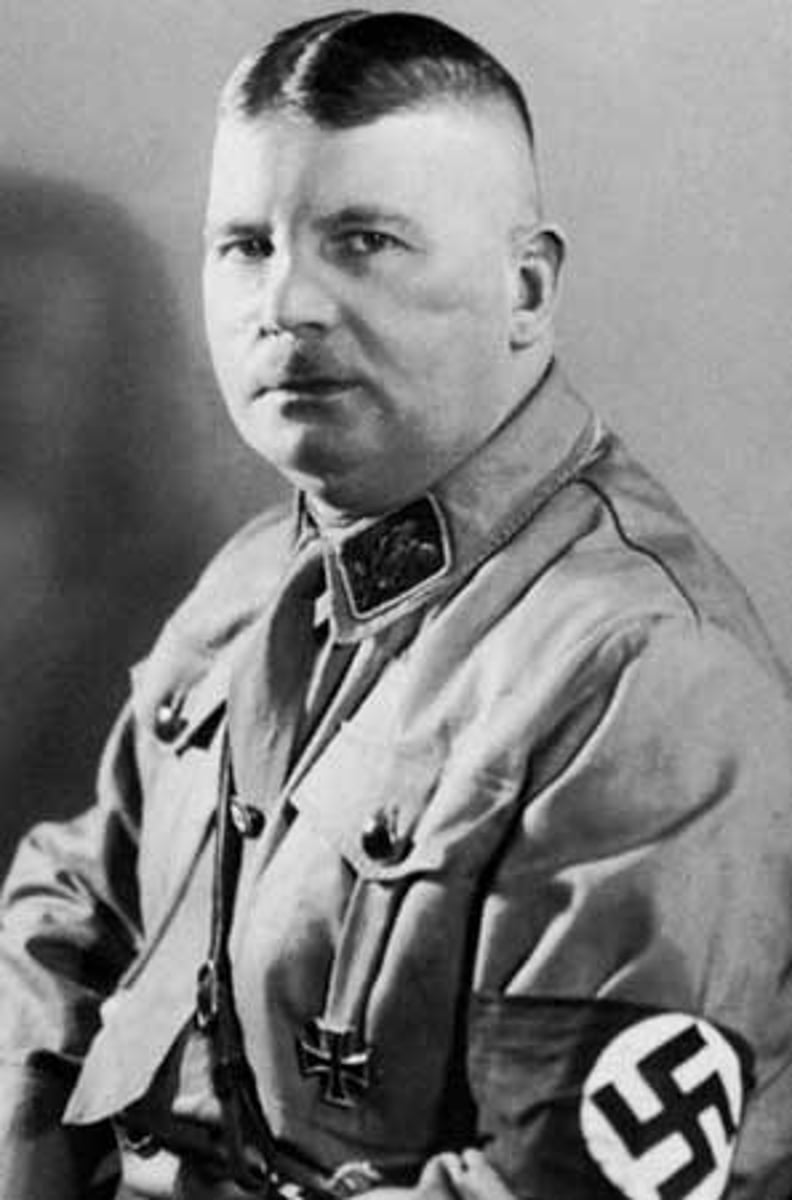
What was the Night of the Long Knives?
Hitler's purge of his political opposition and his SA leaders including Ernst Rohm
Reasons for the Night of the Long Knives (2pts)
-The SA had become thuggish and uncontrollable
-Hitler was worried about political leaders rallying against him
When was the Night of the Long Knives?
30th June 1934
When does Hitler become Fuhrer?
2nd August 1934
Why did the army have to have an oath of allegiance?
To unsure they would be loyal towards Hitler
Who were the Gestapo?
German secret police
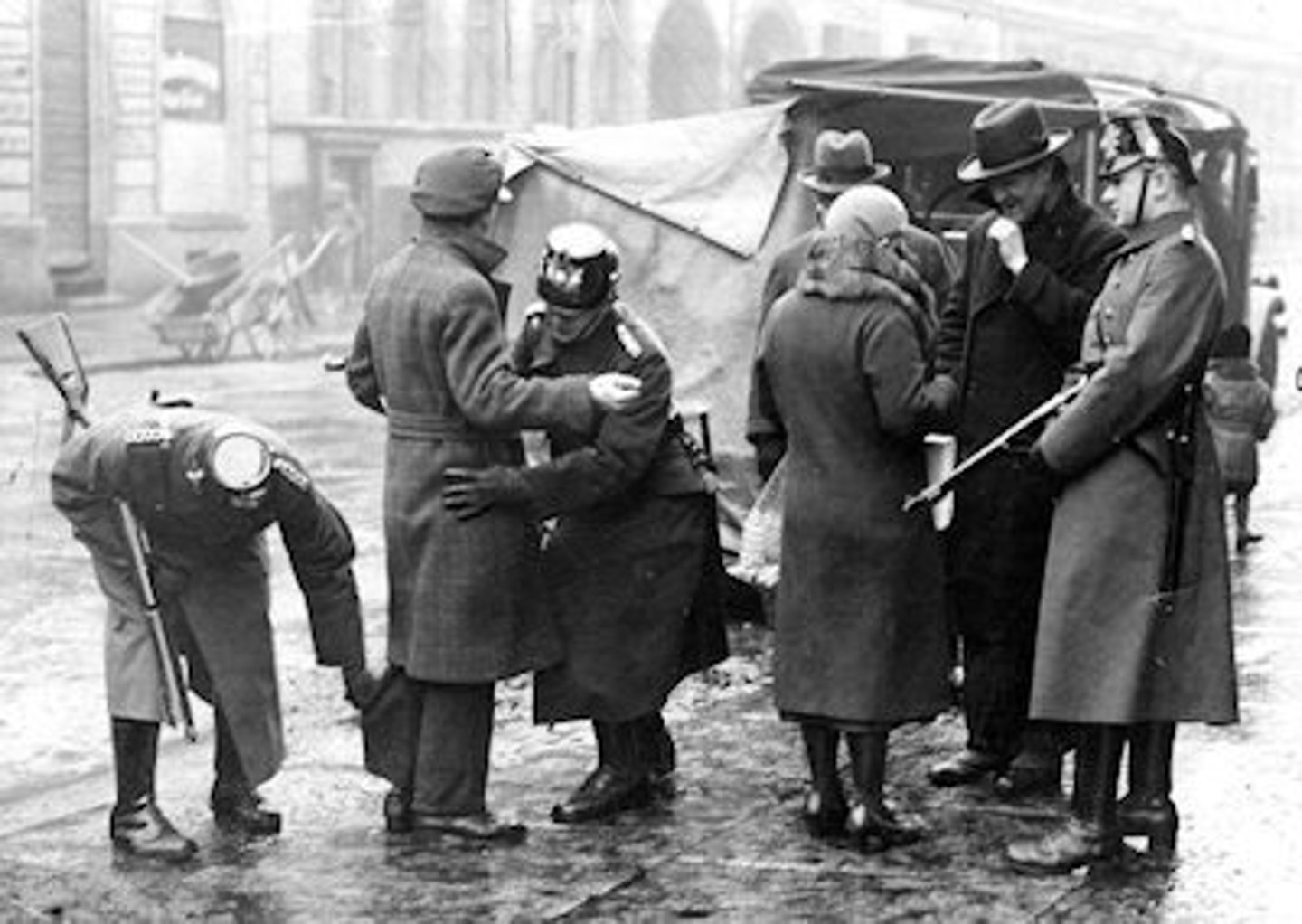
Who were the SS?
Schutz Staffel, Elite soldiers of the Nazi party
Who were the SD?
The intelligence agency of the SS
When was the first concentration camp opened?
1933, Dachau camp
When were the Lander states abolished?
January 1934 and used 130 emergency decrees
What is Gleichschaltung?
The coordination of all institutions under Nazi control
What is Social Darwinism?
The belief that those who are successful got their because they were the "fittest," and that those in poverty were there based on their own failings. A justification for wealth inequality.
When did Hindenburg die?
2nd August 1934
Who was Himmler?
Head of the SS
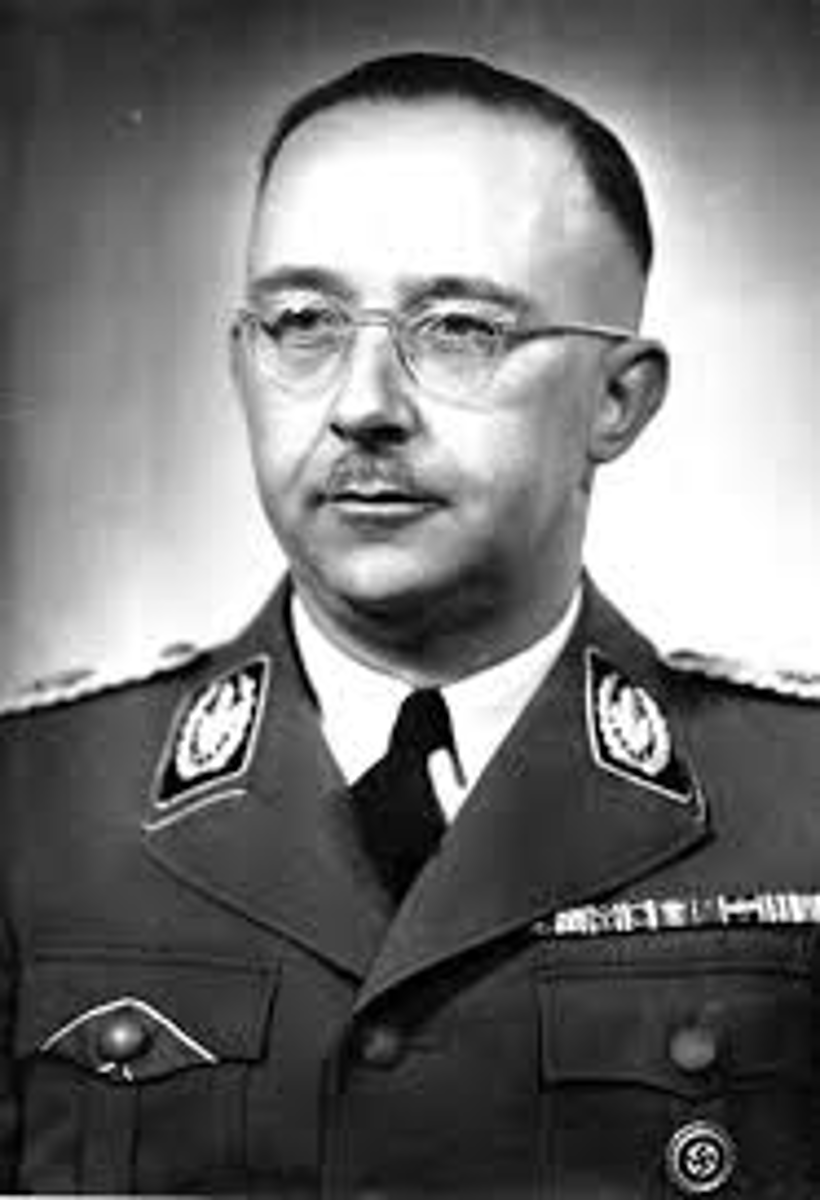
Who was Goering?
Head of Gestapo
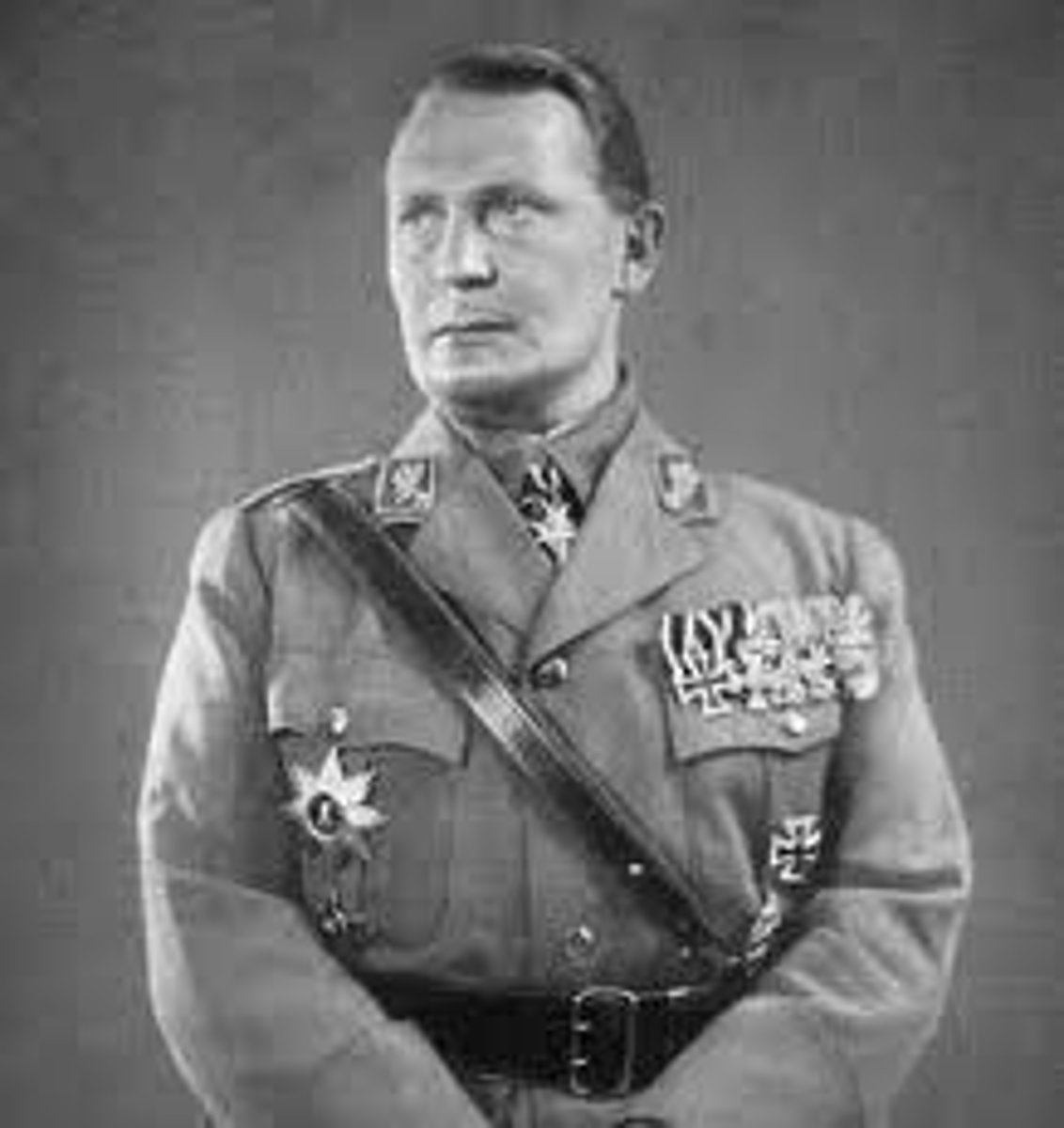
Who was Adolf Hitler?
Leader of the Nazi Party
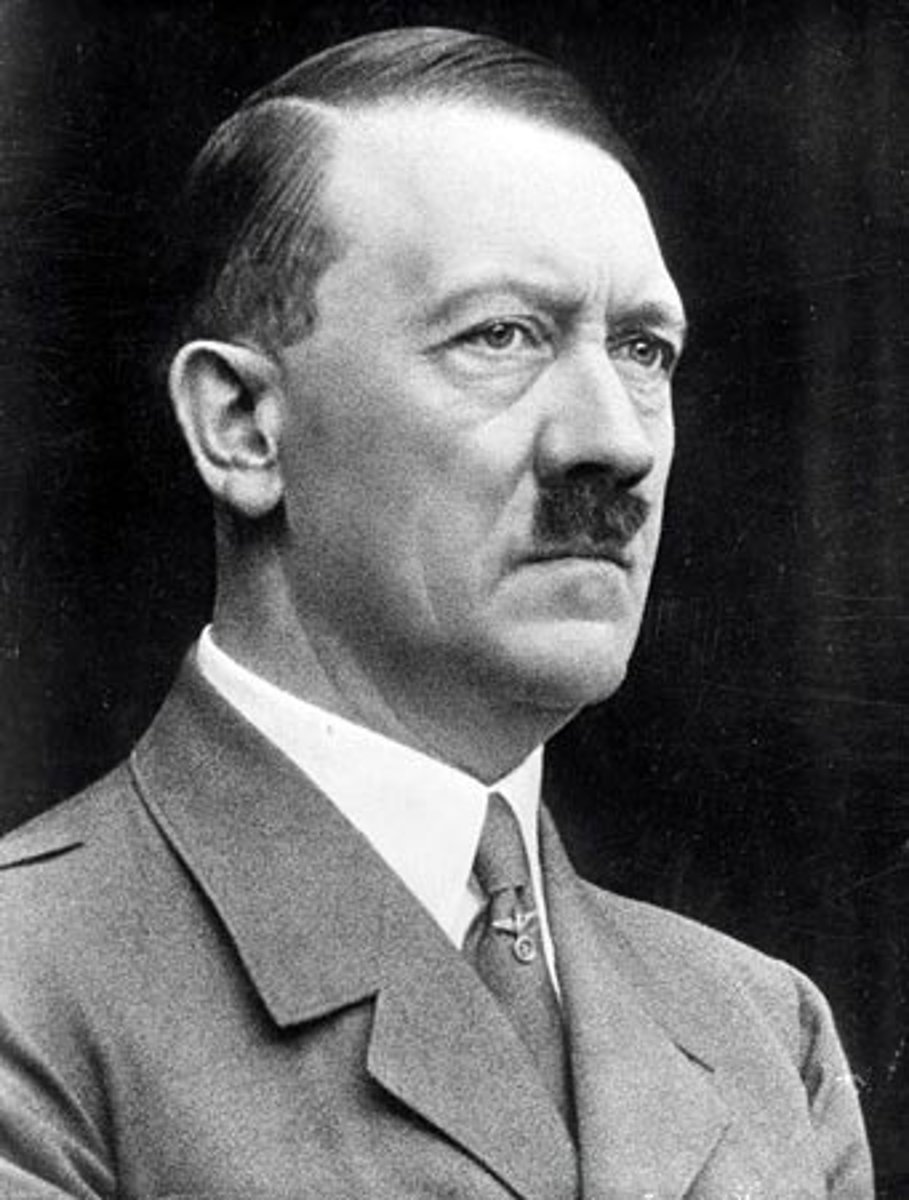
Who was President Hindenburg?
President before Hitler
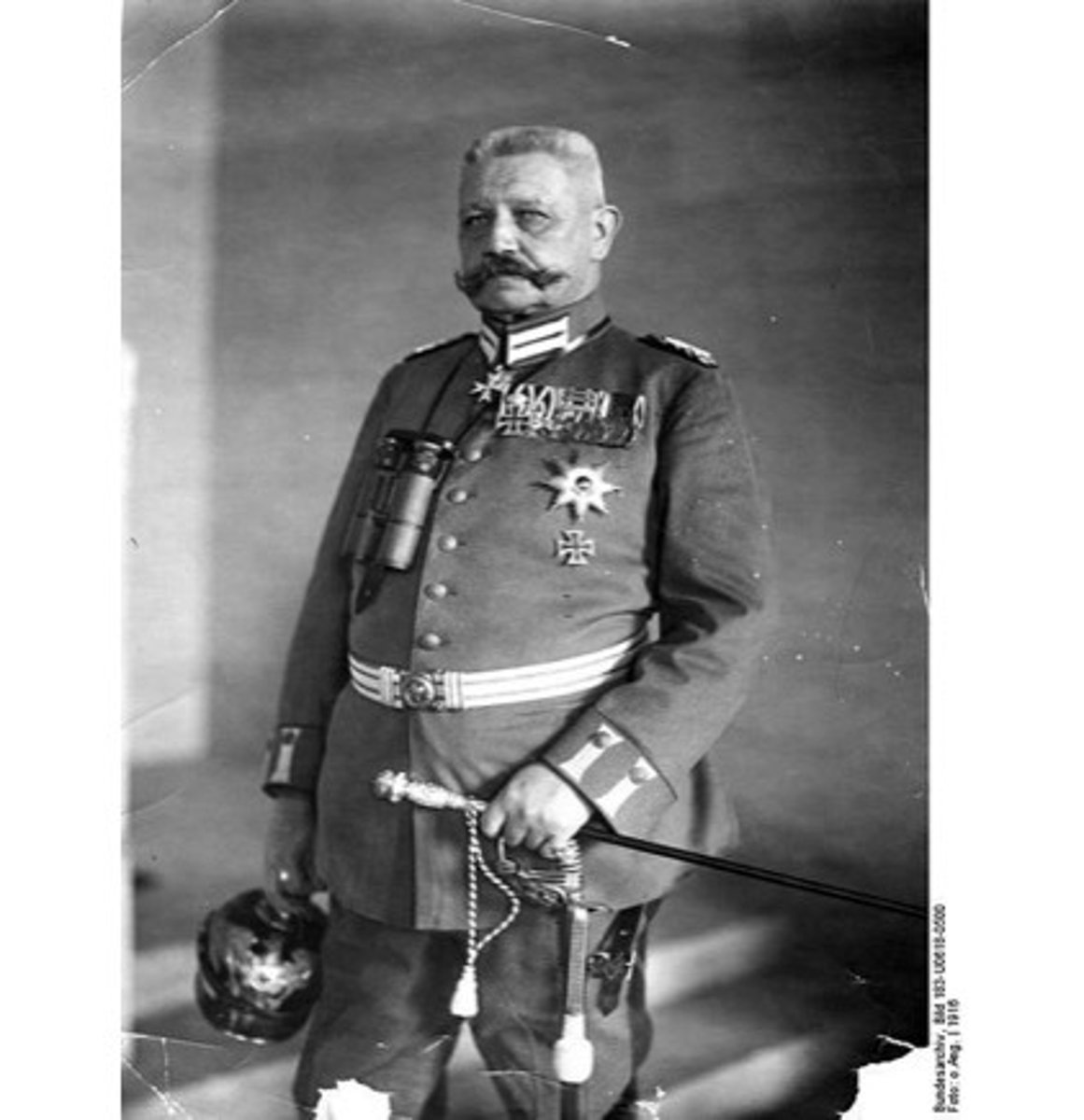
Who was Goebbels?
Minister of propaganda
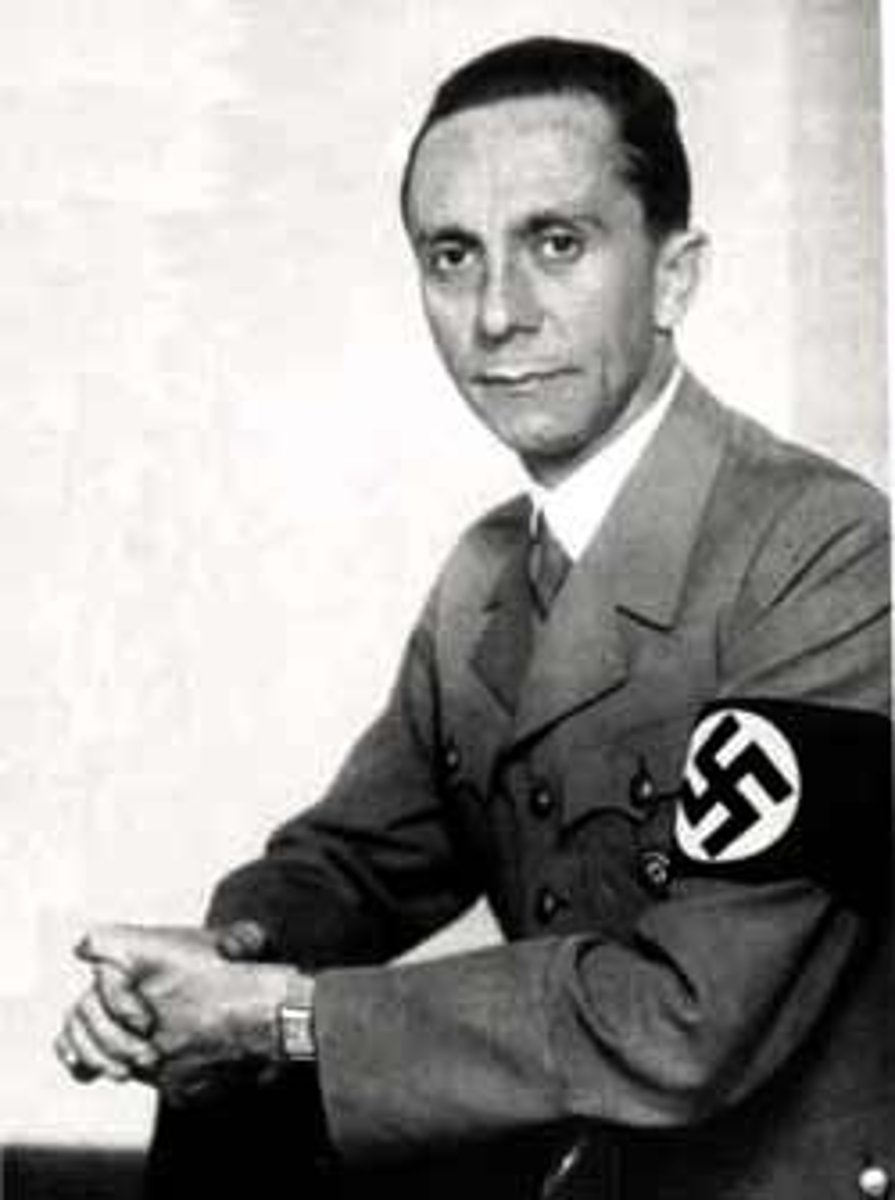
Who was Heydrich?
Man mainly responsible for the Holocaust
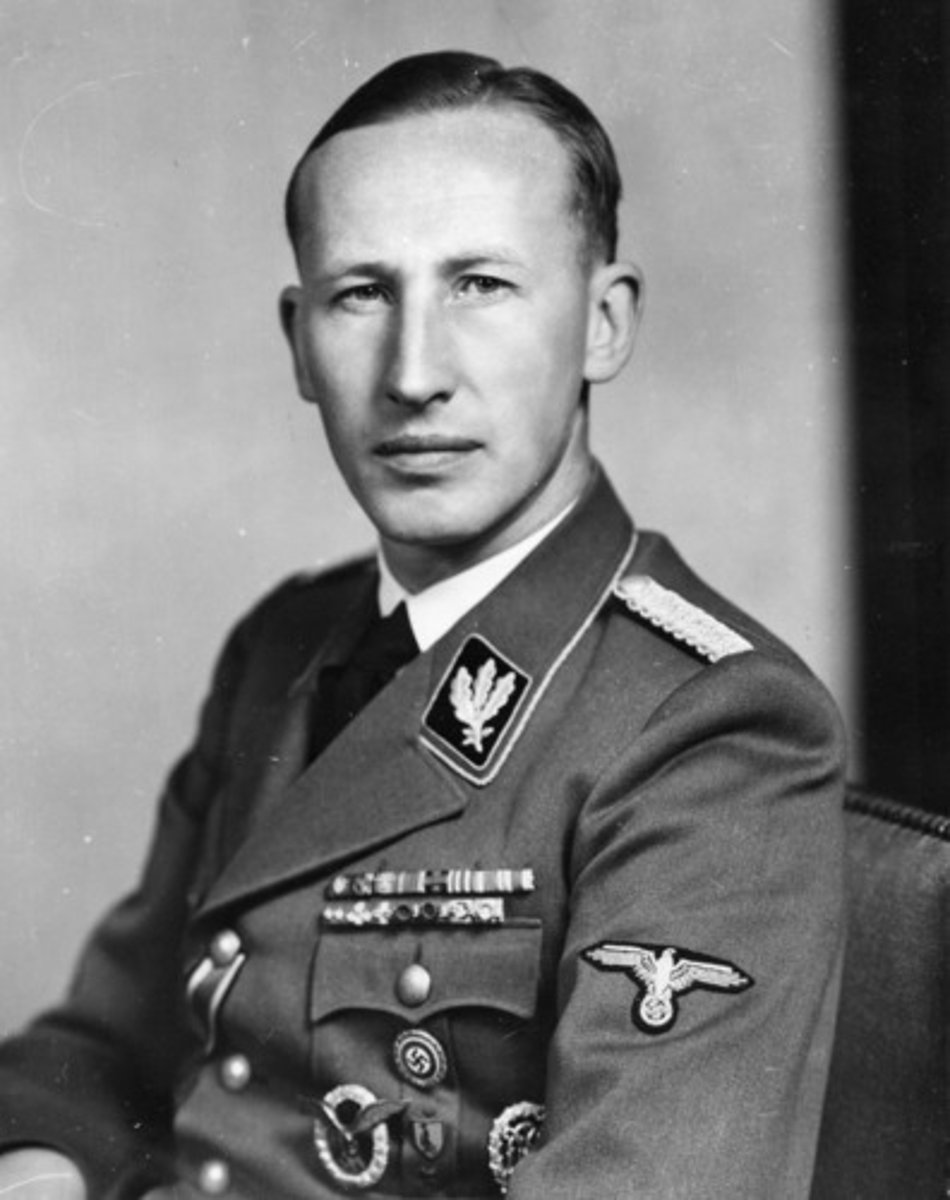
Who was Marinus van der Lubbe?
Person who allegedly burnt down the Reichstag
Who was Kaiser Wilhelm II?
leader of Germany when WWI breaks out

What is censorship?
Restricting access to ideas and information
How did the Nazis control education?
Teachers had to join the German Teachers League; children encouraged to 'tell' on their teachers